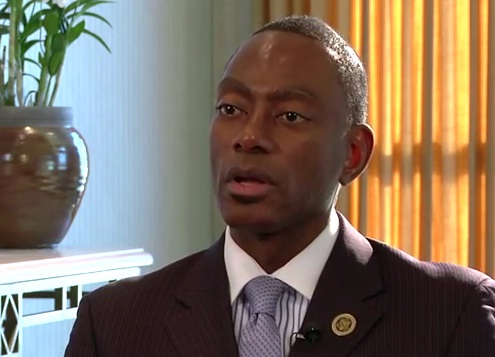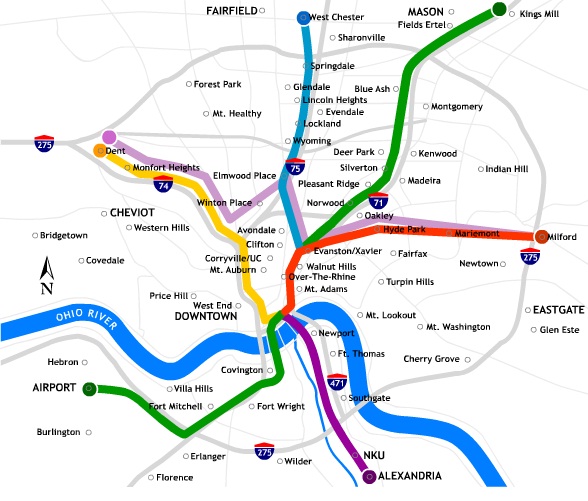Smart Growth America recently produced a series of video interviews with mayors from around the United States. The series, officials say, is intended to highlight prominent elected officials that are taking on leadership roles in promoting smart growth.
The first of those videos features Cincinnati Mayor Mark Mallory. In the video, Mayor Mallory discusses the need to invest in urban centers and make smart infrastructure investments that will trigger job creation and community development.
Specifically, Mayor Mallory touts the recent completion of phase one work at The Banks and ongoing revitalization success in Over-the-Rhine. The approach being taken by Cincinnati is one that intrigued officials at Smart Growth America.
“Thinking about land-use, transportation, housing, environmental, economic development and city planning, and redevelopment projects holistically can be challenging,” Thomas Madrecki from Smart Growth America told UrbanCincy. “But the rewards are that much higher, because when executed successfully, all of those pieces of the puzzle are working together.”
Madrecki says that once that initial buy-in is achieved at a local level, support for smart growth projects like the Cincinnati Streetcar becomes a better reality. Accomplishing that initial task, however, does not necessarily mean that funding and regulatory issues will not also pose problems.
“In a place like Cincinnati, I think that’s very obvious, where you have something like the streetcar take longer to get off the ground because of withdrawn funding promises,” said Madrecki. “Smart growth strategies often require upfront investments that will engender future economic gains while saving the city money on infrastructure and utility costs, but it takes money and the political will to deal with setbacks and opposition.”
Madrecki continued by saying that Mayor Mallory has shown the latter quality in spades, and has quickly become a national leader in the smart growth movement.
As Cincinnati moves forward with additional phases of development at The Banks, and additional renovation work in historic Over-the-Rhine, smart growth champions believe that even additional investment will be needed in Cincinnati’s urban core to help those respective neighborhoods reach their full potential.
One of the greatest challenges going forward for a Midwestern city like Cincinnati will be maintaining the momentum built by Mayor Mallory’s steadfast approach.
“Everyone likes to talk about the ‘next thing,’ but there has to be an element of seeing things to fruition and making sure they fully develop. When that happens and people see the economic and community payoffs, I think it will set a precedent and make future endeavors more likely to succeed right away.”












